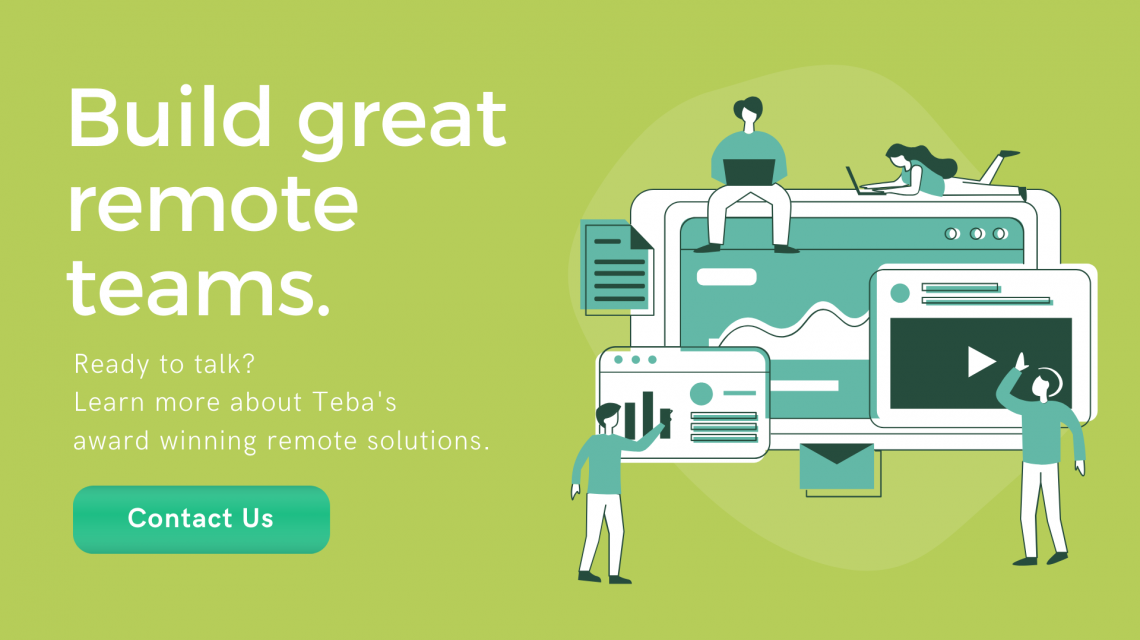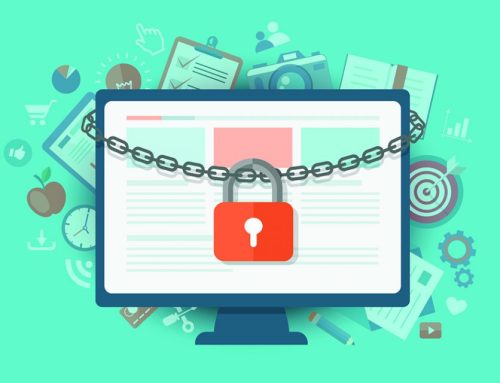Remote work is a turning point for businesses where no one expected the sudden shift to remote work. While looking at the horizon of a remote work transition is truly an unnerving experiencing for all of us, we want you to know that you don’t have to fly solo.
All remote work setups — whether they are made of teams working remotely from different offices or of employees working from their homes or even a mix of both — face particular challenges that need to be addressed.
Here are three tips on what to keep in mind for a successful transition to remote work.
1. Implement your remote working policies
According to Upwork, the majority of HR and hiring managers said they don’t have the necessary work from home procedures in place; therefore, when employees transition to a remote work environment, it’s generally not a streamlined process. A remote working transition can be an unknown and often anxiety-laden process with the top work-at-home concerns from managers comes down to trust.
In a recent Regus poll of more than 24,000 global workers, a whopping 88 percent say that managers need to be more accepting of flexible work arrangements, and 85 percent feel their bosses need to show more trust in remote employees.
Before transitioning a team to remote work, it’s important to outline expectations, share them with everyone on the team, and send regular communications. It’s essential to provide daily and sometimes even more updates to staff than you usually would if they were working in the office.
These policies from Entrepreneur will depend on the team size and needs; however, a general remote plan should outline:
- Availability — Does the team need to be online during specific business hours, or will they be able to set their schedules?
-
- Tools — Which tools will the team use to communicate and collaborate effectively?
-
- Data management — Which tools will the team use to organise and share documents and information securely?
- Productivity — How will the team track progress on projects and measure results?
2. Reduce distractions
Nearly everyone can admit to feeling distracted while at work. (Guilty as charged!) While distractions in a traditional office setup (chatty coworkers or the general office noise) can be different from the distractions remote workers face (think kids, cats, and everything in between!) — the result is the same: low productivity.
This type of distraction can be much worse in a remote team as on top of everything else. It comes with a snowball of work updates happening on all the different tools — incoming emails, chat notifications, workflow app alerts, calendar invites, and more.
While you can’t eliminate distractions for your remote employees, there are tools you can certainly help minimise them with structure and boost productivity. Check out the Intelligent Citrix Workspace, this solution provides a secure and intelligent digital workspace that enables users to access their apps, desktops, and data from anywhere and transforms the work from home experience.
When Ctrip, China’s largest travel agency, conducted a 9-month long experiment to test a work from home policy, they found that productivity increased by 13%. The interesting part? Employees working from home followed the same general routine that they used to in the office!
A routine helps protect your time from everything you shouldn’t be using it for, and it is an excellent defence against distractions. So encourage your remote employees to create and follow a routine.
3. Help your remote employee stay social and connected
Working remotely also means working solo. There is strong evidence in studies that social isolation can put your employees or team members at risk of feeling lonely or demotivated. These adverse health effects aren’t just horrible for your employees and can harm your business as unhappy employees aren’t very productive. When it comes to remote work, you want your employees to be at their healthiest and happiest.
Acknowledging and opening up about the psychological impact of remote working is the first step toward overcoming this challenge. Encourage your team to talk about it and bridge the gap of social isolation. Not all employees can transition to work remotely, so it’s vital to engage with all your team members to build a positive working environment.
Remote work comes with its challenges, but proactively addressing your remote team’s challenges helps you build a happy, healthy, and most importantly, productive workforce that grows and sustains your business operations.









